Firewise Landscaping
As a homeowner living in or considering building in an area where a wildfire can occur, you can take a few simple precautions to help protect your home and help preserve the environment you enjoy. For a complete listing of Firewise landscaping practices, download the Homeowner's Firewise Guide (.pdf).
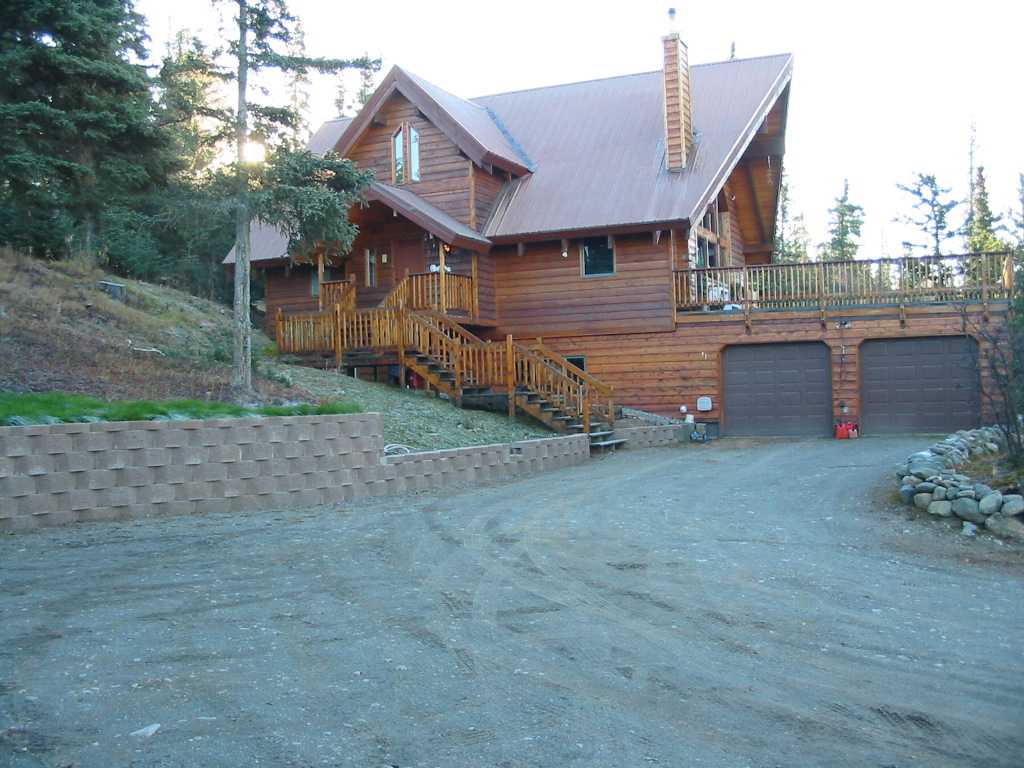 |
Non-flammable roofing materials, such as metal or asphalt shingles, can greatly reduce the potential for your home to ignite. Removing flammable materials such as lichens and needles will help further reduce the chances of an ignition starting on your roof.
|
|
Keep grass trimmed to less than 3 inches. Dead and dying trees should be removed and remaining trees should be spaced 10 - 15 feet apart between extending crowns.
|
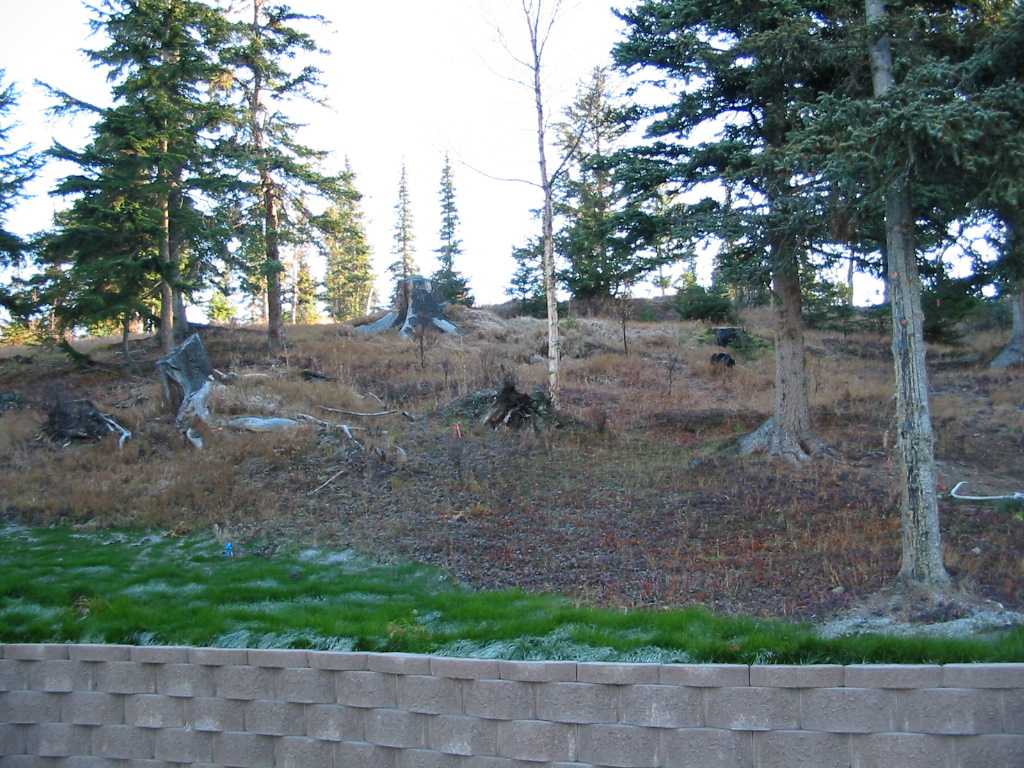
|
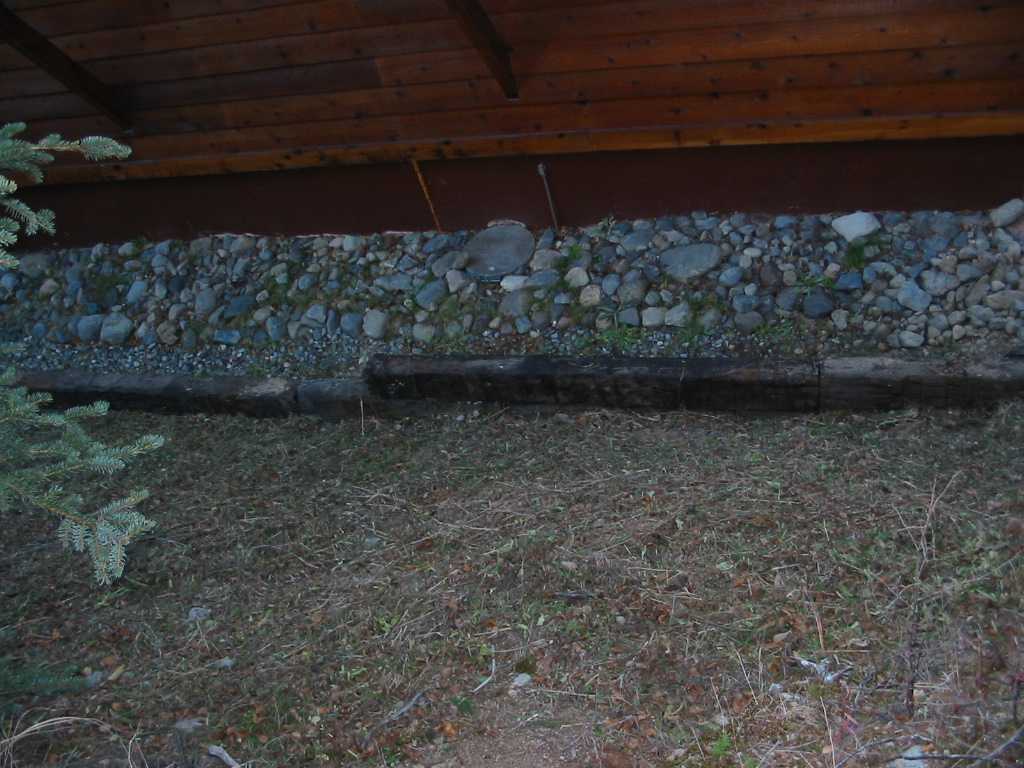 |
Remove all flammable materials within three feet of the base of your home. Limit vegetation to flowers and non-flammable plants, and remove dead materials. Bordering the base of your structure with gravel or rocks is an excellent way to compliment a firewise landscape.
|
|
Keep areas under decks and stairways clear of all flammable materials and vegetation. Rake dead leaves and grass from the area on a regular basis. These areas can allow burning embers to collect and act as a heat trap that could ignite your deck and structure.
|
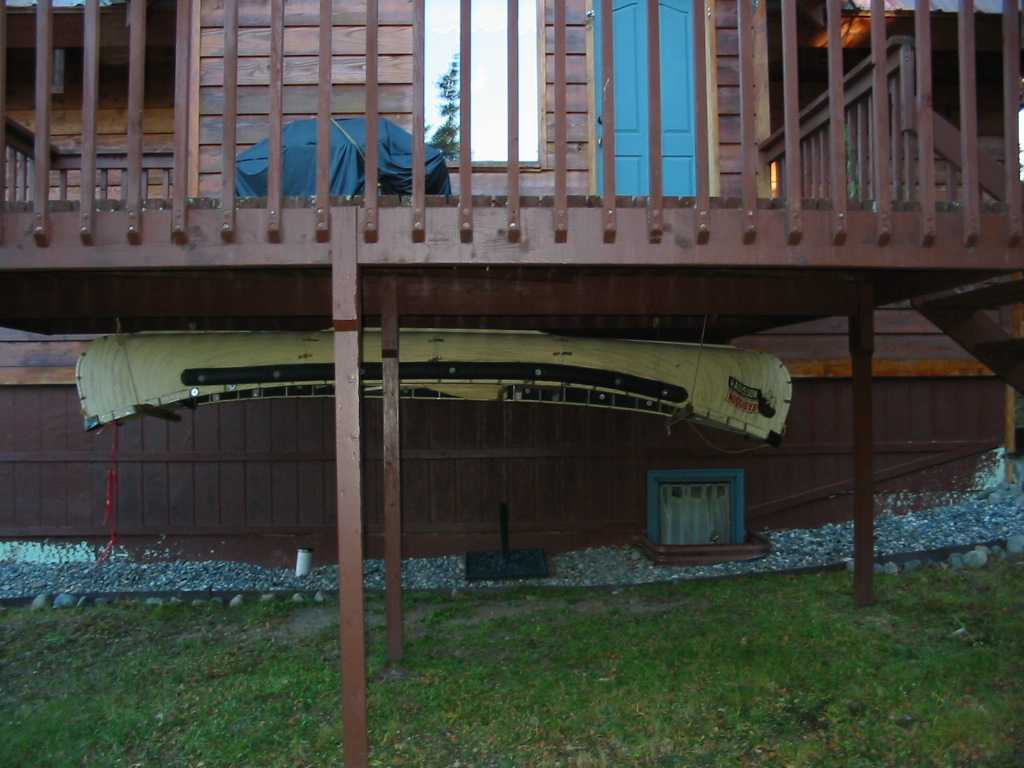 |
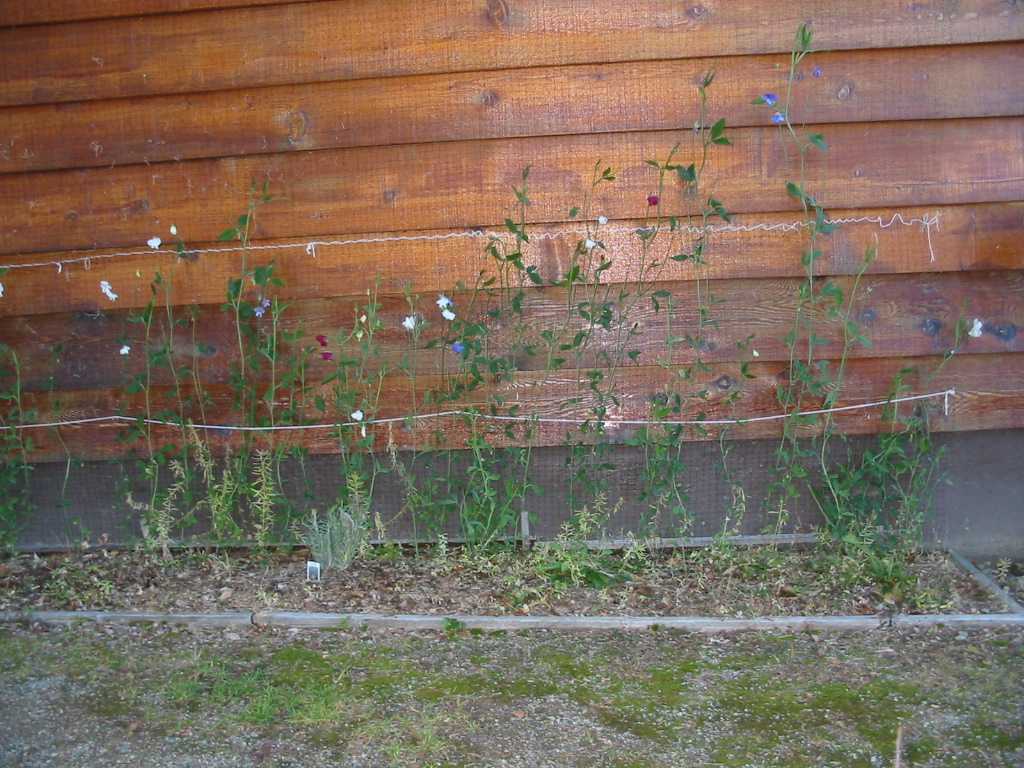 |
Flower beds bordering your home should be kept clear of dead materials and planted with non-flammable vegetation such as these sweet peas.
|
|
Low lying branches of coniferous trees should be pruned to 6-8 feet off the ground. Smaller trees should be pruned to no more than 30% of the live crown height. Remove all ladder fuels from areas under and between trees. These steps will help stop the spread of a ground fire into the crowns of the trees.
|
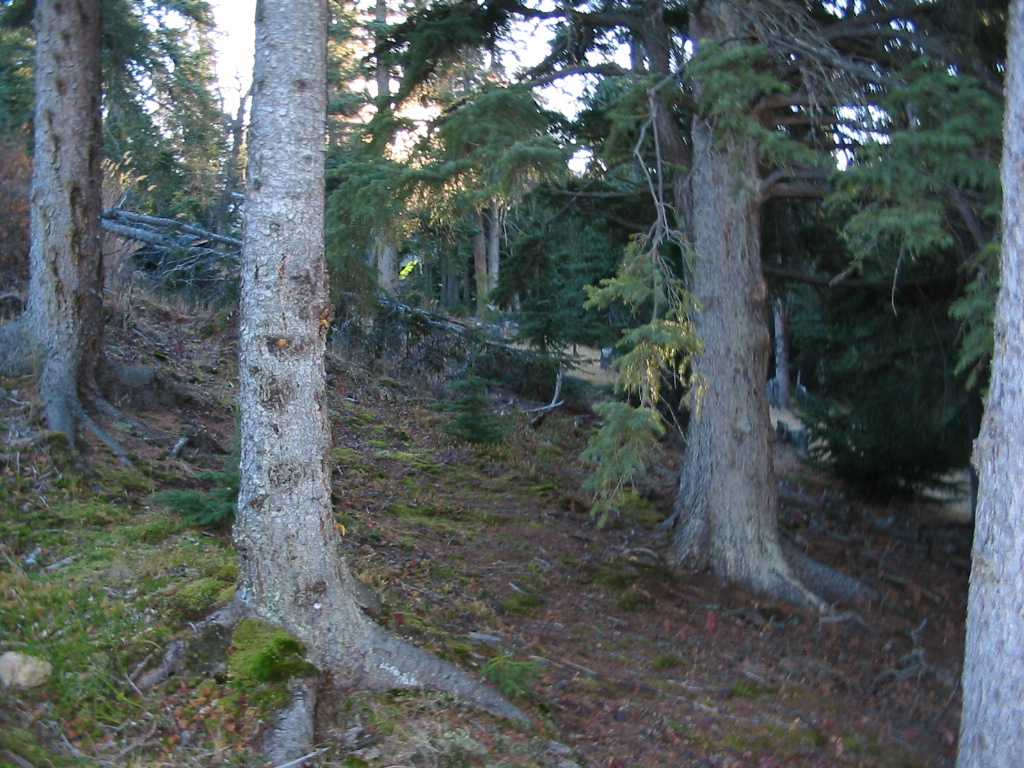 |
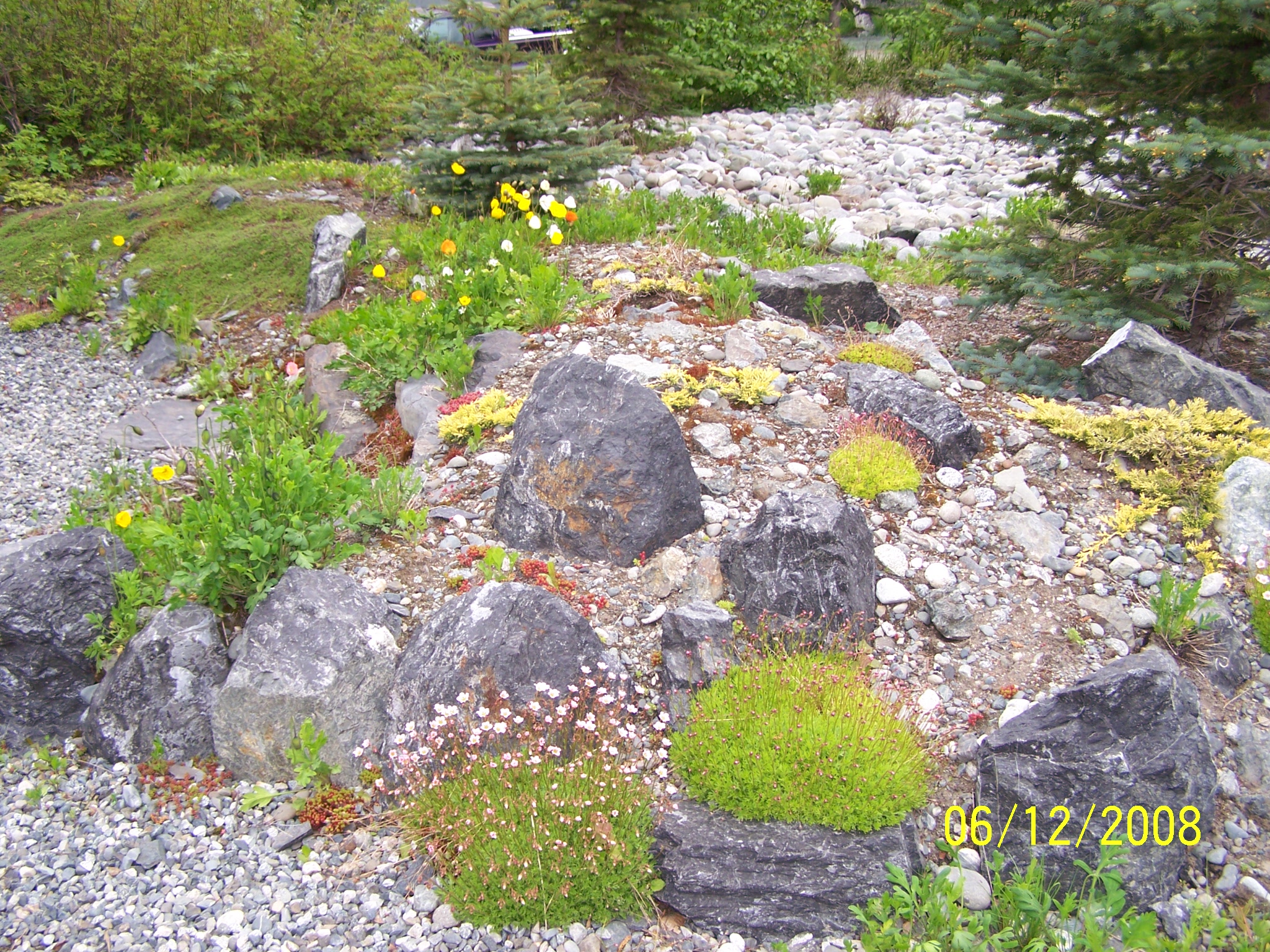 |
Rock gardens are an excellent way to beautify your yard while providing a non-combusible island of vegetation.
|